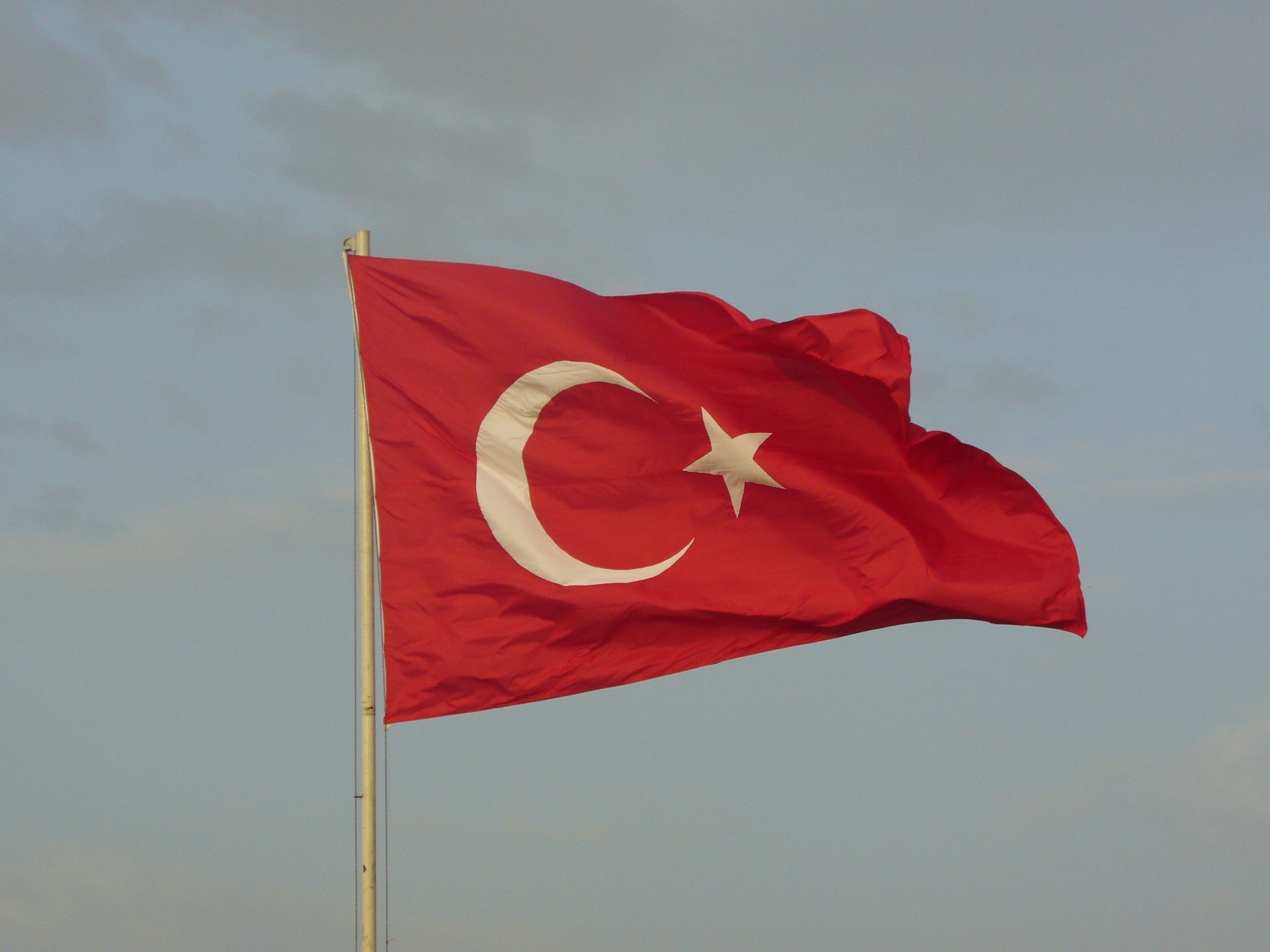Georgia Balmer
As temperatures swell to nearly 40 degrees across the Mediterranean, Turkey’s wildfires spell a dangerous new norm of extreme weather in Europe.
Starting in the popular tourist haven of the Manavgat, Antalya Province, on 28 July, the fires quickly grew to over 100 blazes across the country. A shocking image depicted a young child decked in inflatable arm bands watching the flames from a beach across a bay, highlighting just how close the devastation was for businesses, families, and communities. The impact of climate change is impending even on our ‘sacred’ holiday time.
In the west of the country, over 1000 people were evacuated via boat from the tourist hotspot of Bodrum. Meanwhile, holiday makers on beaches in Kalkan recorded planes collecting water to fight the flames from the usually ‘instagrammable’ bay.
Orhan Dinc, president of the Bodrum Maritime Chamber, explained the unprecedented evacuation, “We did evacuation by boats yesterday as well, but I have never witnessed something similar before in this region. This is the first time”.
A Foreshadowing of the I.P.C.C’s Latest Report?
“the Mediterranean is already fighting an uphill battle against global warming.”
In the wake of the UN’s Intergovernmental Panel on Climate Change’s 4000 page doomsday report, the Turkish wildfires are damning.
The Mediterranean basin is noted as one of the most vulnerable regions globally to the almost incurable advances of climate change. As fires still rage on in Greece, and Turkey’s fires are replaced with flash floods that have already killed 27 people, the Mediterranean is already fighting an uphill battle against global warming.
Causes of The Unprecedented Fires
The unprecedented damage of Turkey’s wildfires has been sparked by a deadly combination of 37 degree Celsius days, less than 14% humidity in some regions, and fanning winds of around 50 kilometres an hour. Critics of President Recep Tayyip Erdoğan have also pointed fingers at his slow response to the escalating emergency.
After admitting that the country had no serviceable firefighting planes, President Erdoğan seemed shocked at the notion of accepting international help in the face of Turkey’s worst fire season on record. After delays, the government accepted the help of some offered international technology and manpower, but refused Greece’s offer of help.
In response to the trending hashtag HelpTurkey, popularised by the Turkish comedian Enis Arikan, the president stated that, “a terror of lies is being spread from America, Europe and certain other places”. An official investigation is being pursued by Turkish prosecutors, on the president’s request, into the spreading of this ‘false-news’.
As fires raged, farmland was burnt and communities were displaced. Erdoğan took to Twitter to fluff his timeline saying, “in response to this, there’s only one thing we can say: Strong Turkey”.
The Future of Extreme Weather in The Med
The cause of the extreme fire, and now biblical flooding, in Turkey and bordering countries, is clear. Whilst forestry expert, Hikmet Ozthrk, comments that 95% of fires in Turkey are caused by people, the “spread of fires is worsened by climate change”.
With the wildfires of the south replaced by flash flooding in the north, Turkey’s government has proven itself ill prepared for the incoming torment of extreme weather predicted across the Mediterranean basin. Whilst international aid prevented further disaster, teams worked frantically to prevent the fire reaching a thermal power station. With extreme weather soon to affect every region according to the I.P.C.C, will the international community be as generous with resources in the future?
With a final death toll of eight, the Turkish wildfires of summer 2021 paint a worrying future for the country and its neighbours. More importantly, they mark an uncomfortable ‘present’ to climate scientist’s decade old predictions of the raging impact global warming will induce.
Featured image courtesy of Abdurrahman Erbaş on Unsplash. No changes or alterations were made to this image. Image license can be found here.


1 Comment